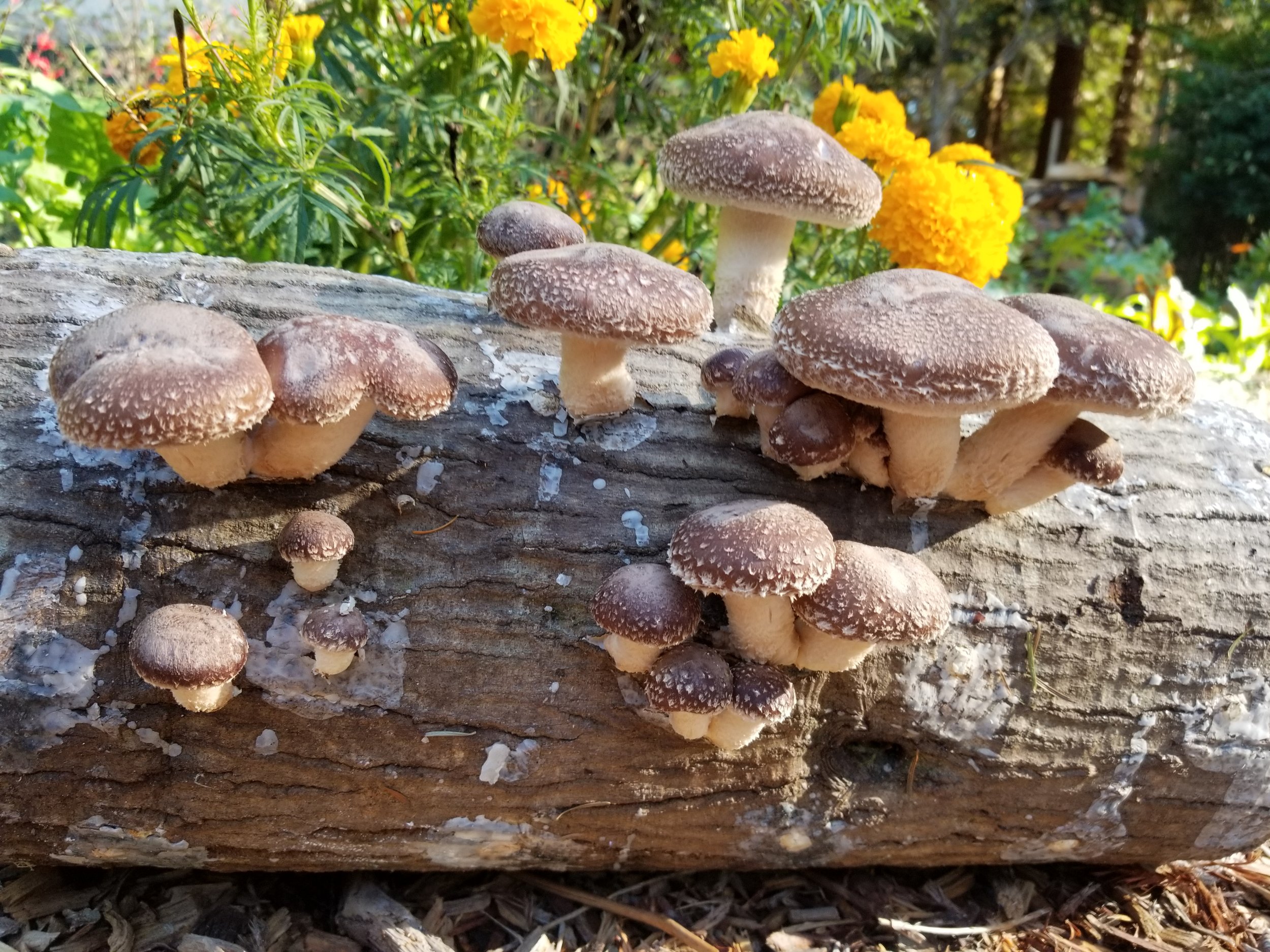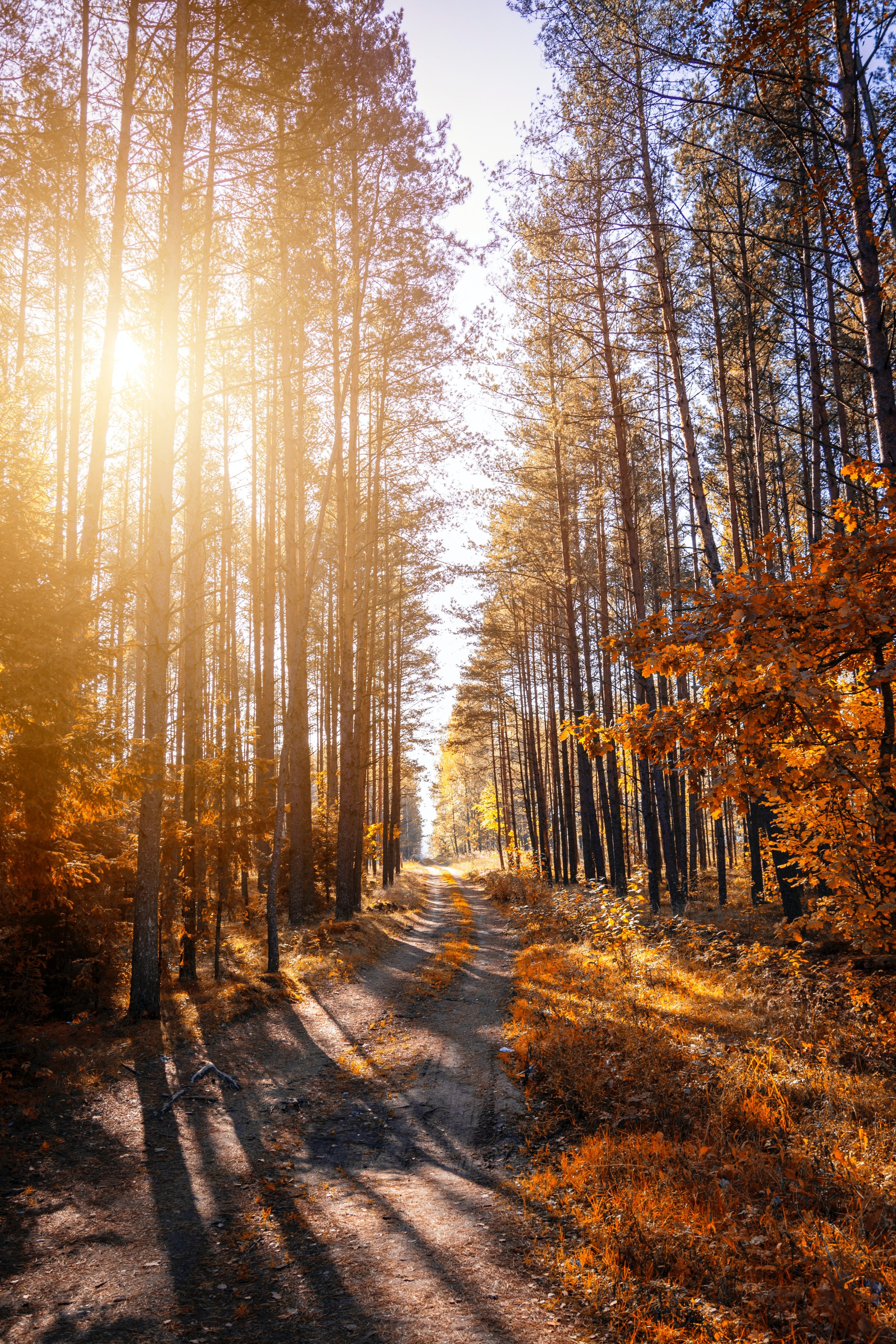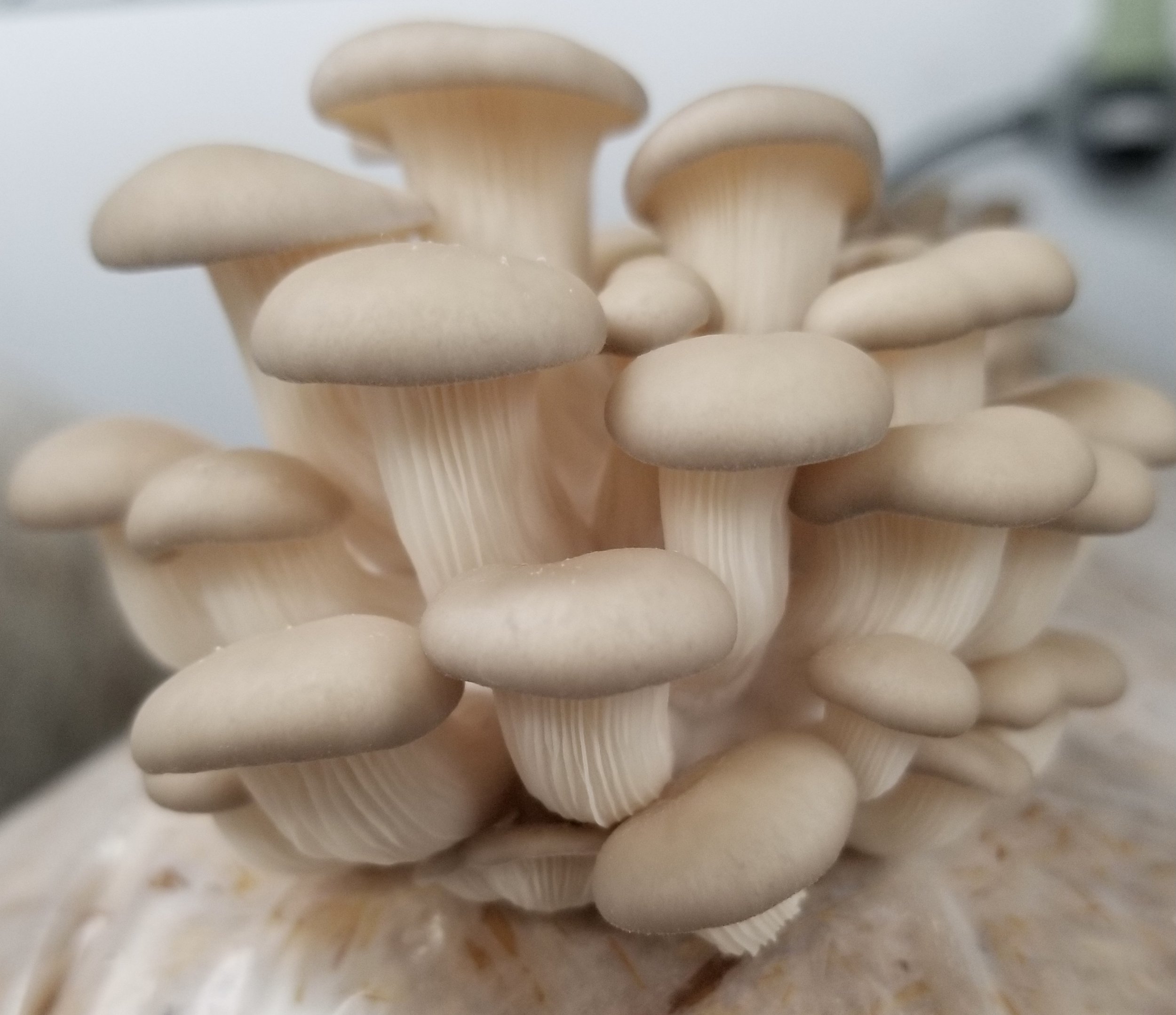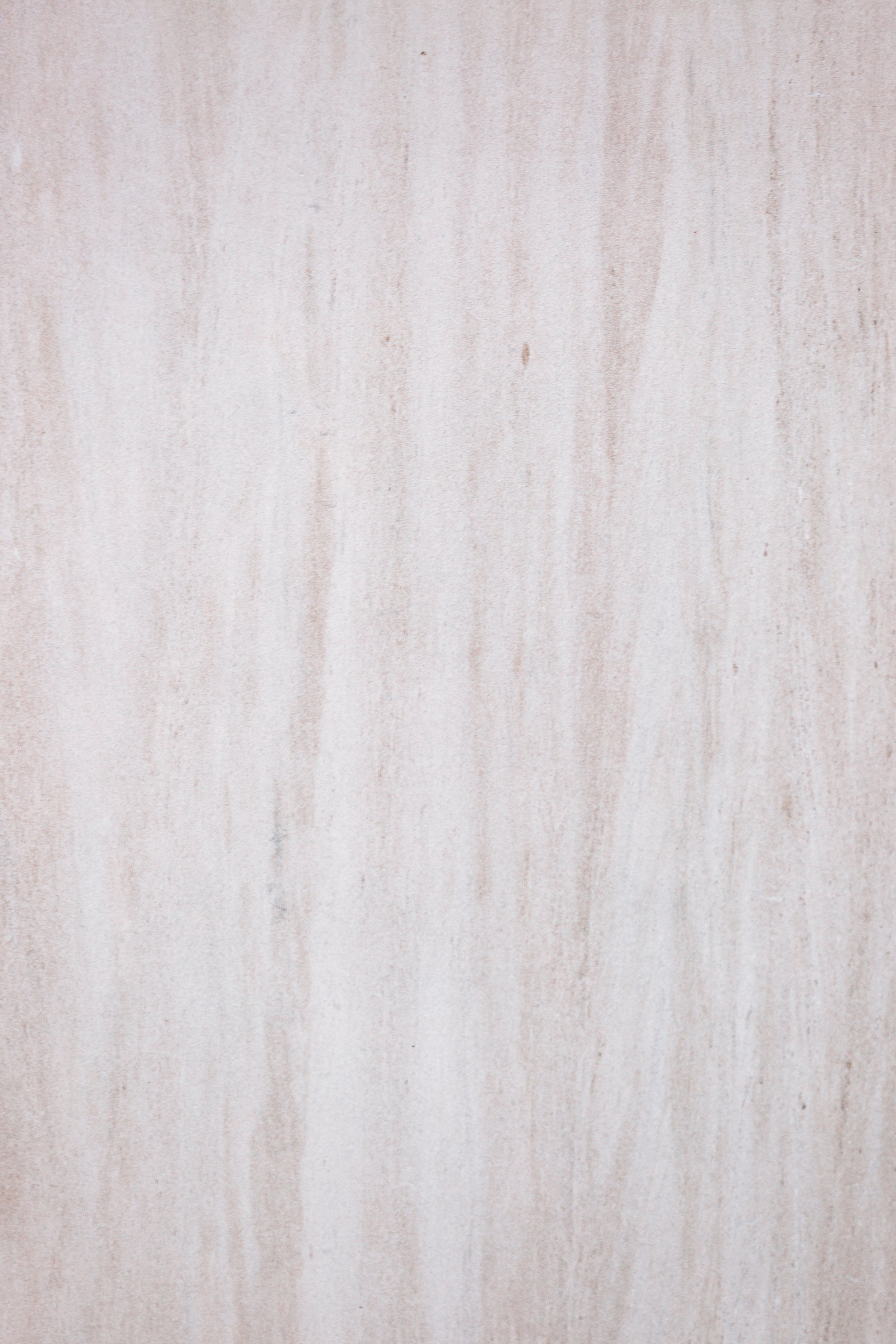
Mushroom Cultivation Tips

-

“Shiitake” Lentinula edodes
Temperature ranges 50-80˚ F
Suggested tree species:
Tanoak (Lithocarpus spp.), Chinkapin (Castanopsis spp.), Oaks (Quercus spp.), Alder (Alnus spp.), Cottonwood and Poplar (Populus spp.), Maple (Acer spp. ), Ironwood (Ostyra spp.), Chestnut (Castanea spp.), Hickory (Carya spp.), Willow (Salix spp.), Sweetgum (Liquidambar spp.), Beech (Fagus spp.), Birch (Betula spp.), Eucalyptus spp., and Tupelo (Nyssa spp.). -
“Reishi” Ganoderma lucidum
Temperature ranges 70-80˚ F
This species requires specific attention to temperature and humidity parameters.
Suggested tree species:
Tanoak (Lithocarpus spp.), Oaks (Quercus spp.), Alder (Alnus spp.), Maple (Acer spp.), Sweetgum (Liquidambar spp.), Elm (Ulmus spp.), Plum (Prunus spp.), and Magnolia spp. For coastal log incubation a greenhouse or sunroom is appropriate. Logs can be partially buried in pots of sand to achieve moisture retention. -

“Oyster” Pleurotus ostreatus
Temperature ranges 55-75˚ F
Suggested tree species:
Oaks (Quercus spp.), Alder (Alnus spp.), Cottonwood, Aspen, and Poplar (Populus spp.), Maple (Acer spp.), Willow (Salix spp.), Beech (Fagus spp.), Birch (Betula spp.), Elm (Ulmus spp.), and Ash (Fraxinus spp.). Oyster mushrooms are vigorous and can be started at any time of the year. -
“Lion’s Mane” Hericium erinaceus
Temperature ranges 60-75˚ F
This species requires specific attention to temperature and humidity parameters.
Suggested tree species:
Oaks (Quercus spp.), spp.), Maple (Acer spp.), Elm (Ulmus spp.), Beech (Fagus spp.), Poplar (Populus spp.), and Chestnut (Castanea spp.). Lion’s Mane is not suited to paper-barked tree species such as Alder and Birch. Stumps and partially buried logs are suggested. -

“Nameko” Pholiota nameko
Temperature ranges 60-75˚ F
Suggested tree species:
Oaks (Quercus spp.), Maple (Acer spp.), Alder (Alnus spp.), Cottonwood and Poplar (Populus spp.), Tanoak (Lithocarpus spp.), Chinkapin (Castanopsis spp.), Ironwood (Ostyra spp.), Chestnut (Castanea spp.), Hickory (Carya spp.), Willow (Salix spp.), Beech (Fagus spp.), and Birch (Betula spp.).
Nameko is well suited to grow in oak and maple stumps. Inoculated logs can be partially buried horizontally to help retain moisture. -
“Turkey Tail” Trametes versicolor
Temperature ranges 50-75˚ F
Suggested tree species:
Oaks (Quercus spp.), Maple (Acer spp.), Alder (Alnus spp.), Aspen and Poplar (Populus spp.), Tanoak (Lithocarpus spp.), Ironwood (Ostrya spp.), Elm (Ulmus spp.), Eucalyptus (Eucalyptus spp.), Apple (Malus domestica), Cherry (Prunus spp.), and other fruit trees.

Always be sure of proper identification of every mushroom before consumption.

Visit our shop to find supplies for growing mushrooms with plug spawn on logs, sawdust spawn in the garden, or mushroom kits in the kitchen window. We also provide grain spawn for inoculating clean substrates and sterile growing media for use in lab or still air box environments.
For more guidance on mushroom growing, see our Oyster Kit Instructions, Garden Kit Instructions, and Mushroom Log Cultivation pages. Check out our Mushroom Tree Compatibility Chart to find the best wood variety for growing each mushroom variety.

Substrates (Media used for mushroom cultivation)

-

WHEAT & RICE STRAW
Straw is a great substrate for Oyster mushrooms and Garden Giants. A leaf mulcher or wood chipper can be used to shred the straw down into smaller pieces to facilitate mycelial expansion. Other agricultural waste can also be used depending on the mold and bacterial count.
-

WOOD SHAVINGS / SAWDUST
Sawdust and wood shavings can be added to mushroom garden beds or inoculated and used as spawn for log inoculation. Most species grow on hardwoods but some, like the Phoenix Oyster, will grow on pine and fir. We use alder wood shavings supplemented with wheat bran and gypsum for our Garden Giant mushroom kits.
-

WOODCHIPS
Woodchips can be added to mushroom beds as a food source that will sustain the mycelium longer than just straw or wood shavings. We recommend hardwoods like alder for growing Garden Giant mushrooms.
-
LOGS
Logs are a great resource for home and commercial cultivation of your favorite edible and medicinal mushroom. Logs can be inoculated with plug spawn or sawdust spawn.
-

CARDBOARD
Cardboard can be inoculated with mushroom stem butts and used as cardboard spawn. We also recommend using cardboard in your outdoor mushroom beds.




